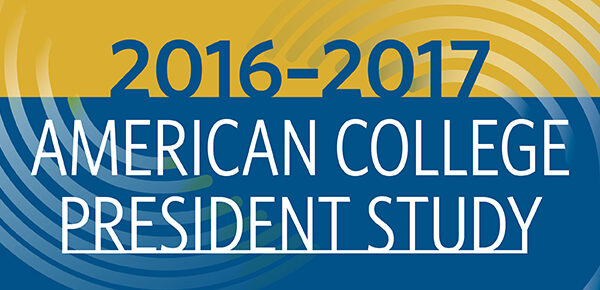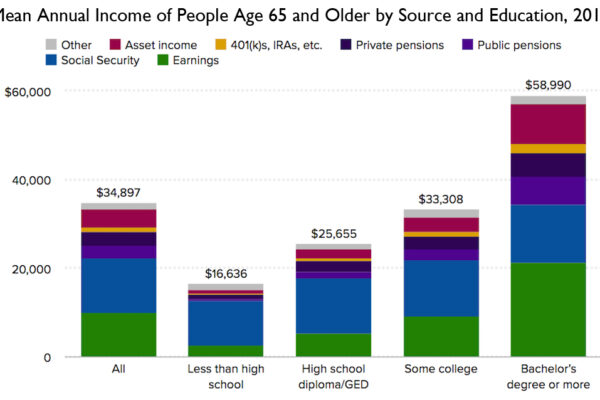NBER Paper Explores How Cost of Instruction Varies by Field of Study
Title: Why is Math Cheaper than English? Understanding Cost Differences in Higher Education
Authors: Steven W. Hemelt, Kevin M. Strange, Fernando Furquim, Andrew Simon, John E. Sawyer
Source: National Bureau of Economic Research
A recent working paper released by the National Bureau of Economic Research (NBER) analyzes department-level data to explore how the costs of postsecondary instruction vary across different fields of study.
Using data on department-level expenditures at a diverse sample of four-year institutions between 2000 and 2015, the authors find that the average per-student cost of a credit hour of instruction varied from $167 in math to $201 in English and $410 in electrical engineering. The authors found that these cost disparities were mostly explained by differences in class sizes and, to a lesser extent, faculty pay. For example, in some STEM fields, instructional costs declined over time as class sizes grew and contingent faculty took on more of the teaching load. Conversely, the findings suggest that online instruction had only a moderate impact on costs.
The researchers’ findings inform claims about the social return to investment in different fields of postsecondary education, carry implications for price-setting in higher education, and suggest that optimal strategies to curb instructional costs are likely to vary by field of study.
Click here to read the original report.
—Ben Schaap and Sam Imlay
If you have any questions or comments about this blog post, please contact us.


